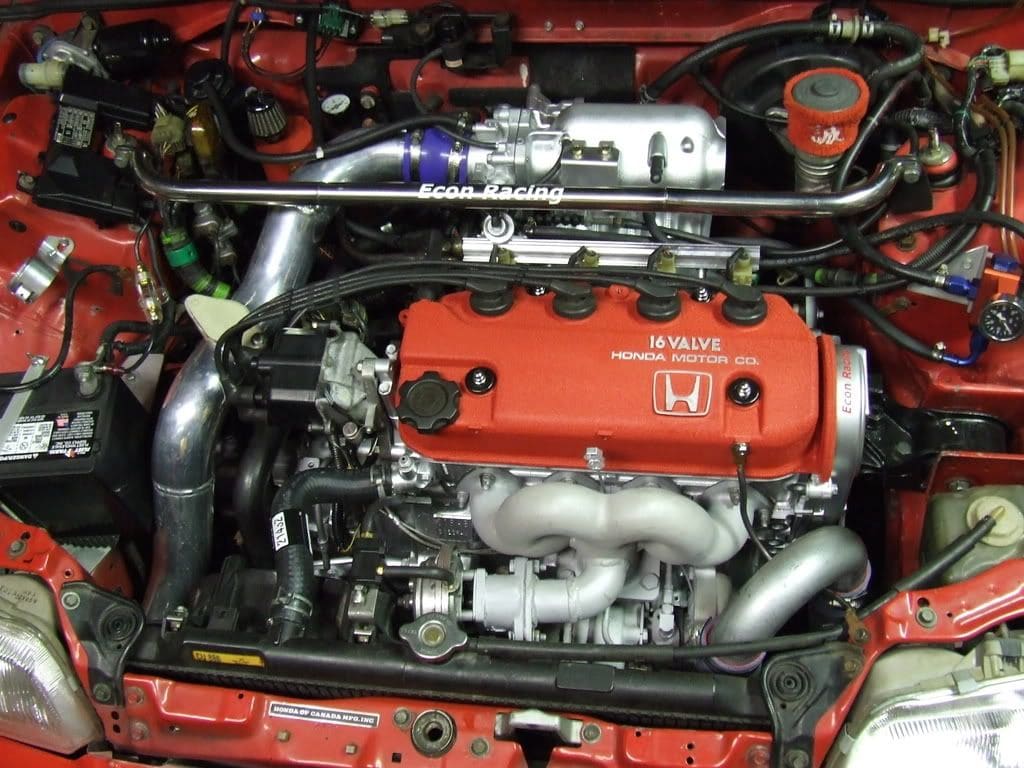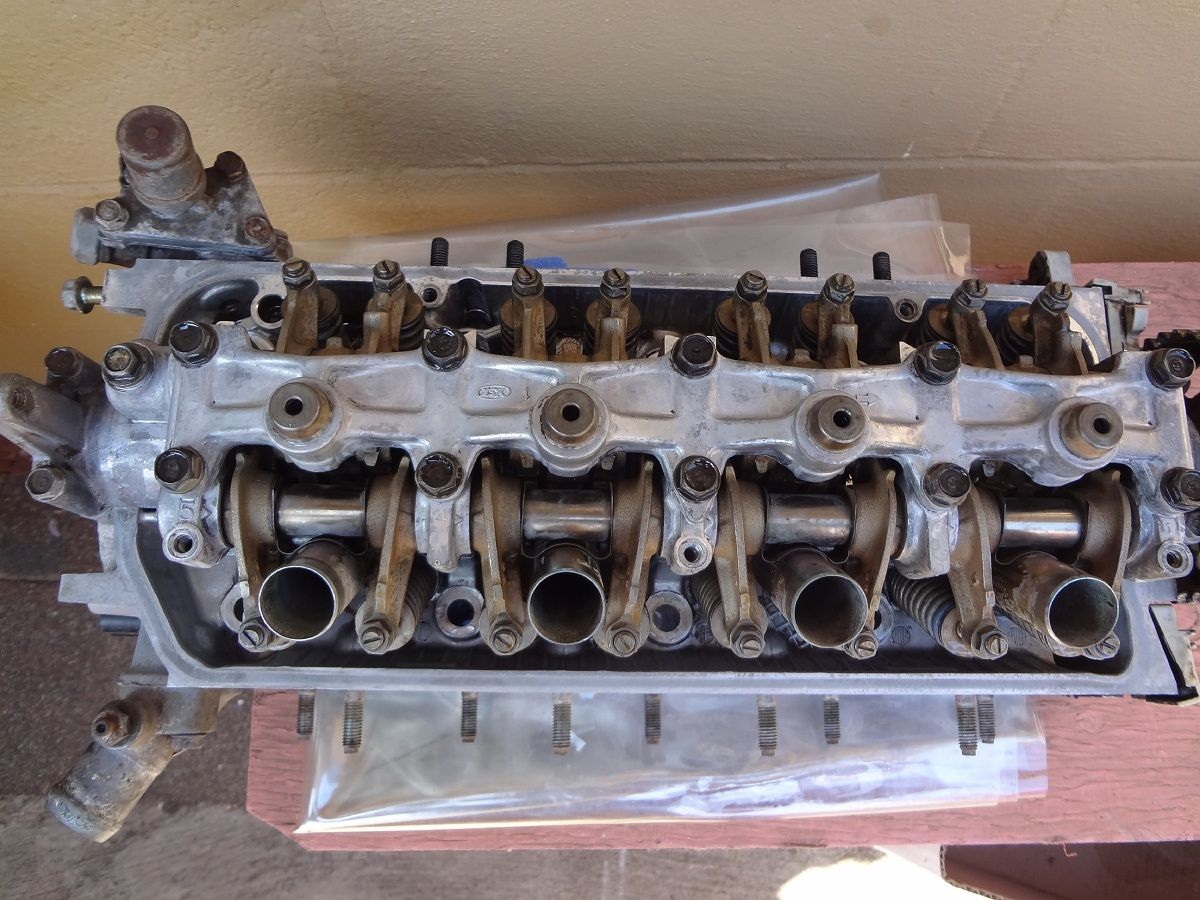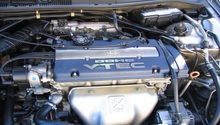Honda Civic: D16Z6 vs. D16Y8 Engines
This is a comprehensive rundown on what makes these two motors unique, including power and mechanical differences.
This article applies to the Honda Civic/Del Sol (1992-2000).
Both the D16Z6 and D16Y8 motors were readily available in various Honda models for quite some time. Both have their own unique specifications, meaning that both also have their advantages and disadvantages. Whether you are researching an engine swap or simply looking to purchase the right model for your application, it is important to understand these specs.
There is a wide range of opinions on which option is best for a performance build. Both have similar stock specs in regards to horsepower and torque, but they peak at different ends of the power band. Both feature different compression ratios and various differences in the flow of their cylinder heads. There are other, more myriad differences, such as the thickness of the head gaskets. Strength of the connecting rods varies as well, but the addition of aftermarket parts can compensate for this. In addition, the flow of the two engines' intake manifolds and strength of the blocks varies by a considerable amount. While many of these parts can also be interchangeable, we are going to take a deeper look at what sets these two engines apart.
Horsepower and Torque
The D16Y8 engine is a 1.6 liter, 16 valve, SOHC VTEC that produces 127 horsepower at 6,600 RPM and 107 lb-ft of torque at 5,500 RPM in stock form. The engine redlines at 6,800 RPM and has a rev limit of 7,200 RPM. In contrast, the D16Z6 VTEC produced 125 horsepower at 6,600 RPM and 106 lb-ft of torque at 5,200 RPM. The Z6 had a higher redline of 7,200 RPM and a fuel cutoff of 7,400 RPM. The Z6 features more usable power at the low end, whereas the Y8 produces more of its power at the top end.

Cylinder Heads and Compression
Compression ratios differ between the two engines. The Z6 has a 9.2:1 compression ratio compared to the Y8, which has a 9.6:1 compression ratio. The Z6 cylinder head flows better than the Y8, but neither is ideal in factory condition. One of the most beneficial mods that can be made to either engine is a good port and polish to extract more power.

Other Engine Component Differences
The Y8 engine features a thinner head gasket than the Z6, as well as an intake manifold with larger and shorter runners. This makes the Y8 manifold flow and perform better. However, a thinner head gasket is a disadvantage as life expectancy is shortened. The chamber design of the Y8 is smaller and more angular for better burn, and the camshaft has a longer duration by around 1-2 degrees. Some say that the Z6 block and bottom end in general is stronger, but this is debatable, and when cross-referencing part numbers, both engines share the same con-rods. There may be minute differences in the rigidity of the blocks, but this is also up for debate.

Related Discussions
- D16Y8 and D16Z6 Differences - Honda-Tech.com
- Honda Civic and Del Sol D16Y8 vs D16Z6 differences - Honda-Tech.com
- Honda Civic, Del Sol Differences Between the D16Y8 and D16Z6 - Honda-Tech.com






